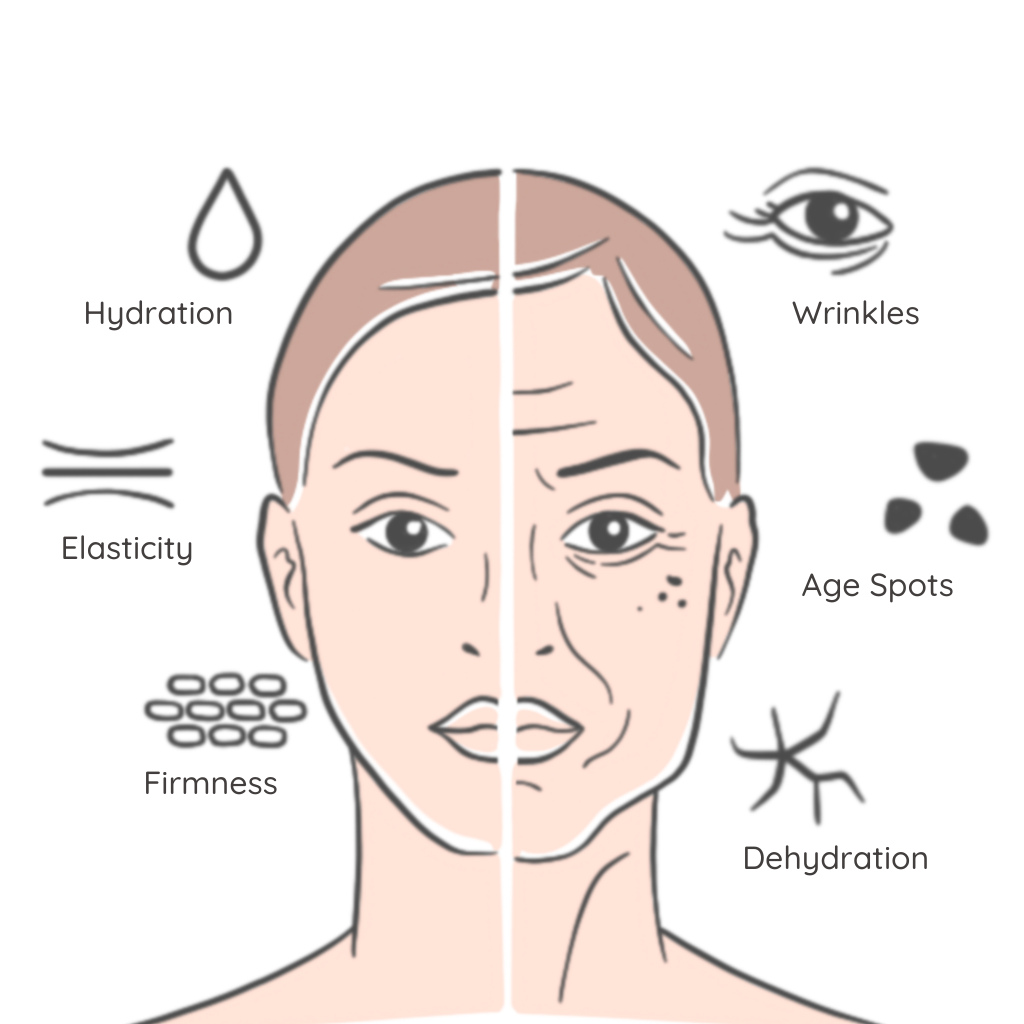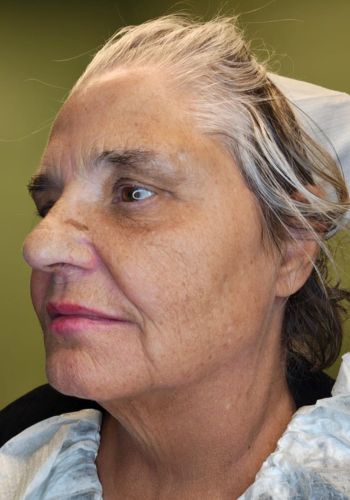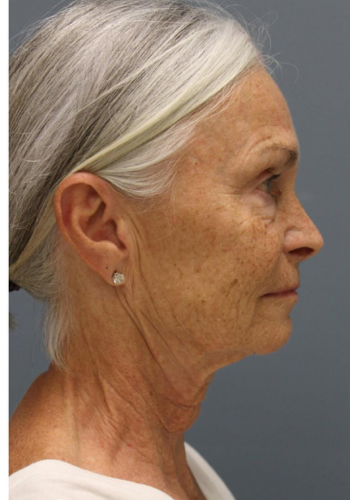
Wrinkles

What is it?
Wrinkles are a natural sign of aging and are characterized by fine lines and creases that develop on the skin’s surface. They commonly appear on areas exposed to the sun, such as the face, neck, and hands, and can be influenced by factors like genetics, lifestyle choices, and environmental exposure. As we age, the skin loses collagen and elasticity, leading to the formation of wrinkles. Other contributing factors include repetitive facial movements, smoking, and dehydration. While wrinkles are a normal part of the aging process, many people seek ways to reduce their appearance and maintain a youthful complexion. Understanding wrinkles is essential for identifying effective prevention and treatment options that can enhance skin texture and resilience.
Key Facts
- Wrinkles Are a Natural Part of Aging: As we age, collagen and elastin in the skin break down, leading to fine lines. Especially on sun-exposed areas like the face, neck, and hands. Deeper wrinkles are often due to progressive muscle laxity, most notably on our forehead or eyes.
- Sun Exposure Accelerates Wrinkles: UV rays damage collagen and elastin, causing premature aging. Regular sunscreen use helps prevent early wrinkle formation.
- Lifestyle Choices Affect Wrinkle Development: Smoking, poor diet, dehydration, and lack of sleep can weaken the skin’s elasticity, making wrinkles more noticeable over time.
- Facial Expressions Contribute to Wrinkles: Repeated smiling, frowning, or squinting leads to dynamic wrinkles, which deepen over time as skin loses elasticity.
How long does it last? Does it Relapse?
- Even after a treatment, skin continues to age and natural collagen breakdown persists. Regular maintenance can slow this process.
- Using sunscreen, retinol, hydration, and avoiding smoking helps extend the effects of wrinkle treatments.
Is it curable or treatable?
- Wrinkles are treatable but not curable: Since aging is a natural process, wrinkles cannot be permanently erased, but they can be significantly reduced with treatments.
- Various treatments can smooth wrinkles: Options like Neurotox, dermal fillers, laser therapy, RF microneedling, and chemical peels help reduce their appearance and or stimulate collagen production.
- Skincare can help slow wrinkle formation: Ingredients like retinol, hyaluronic acid, peptides, and antioxidants improve skin texture and minimize fine lines.
Before & After




Our treatments
We combine medical and aesthetic expertise to create personalized skincare solutions using advanced laser and energy-based devices.

FAQ
Q: At what age do wrinkles start to appear?
A: Fine lines can appear as early as the mid-20s to early 30s, but deeper wrinkles typically develop in the 40s and beyond, depending on genetics and lifestyle.
Q: Can wrinkles go away naturally?
A: No, once wrinkles form, they do not disappear naturally. However, with a healthy lifestyle and proper skincare, their appearance can be minimized.
Q: What’s the difference between fine lines and deep wrinkles?
A: Fine lines are shallow, early signs of aging caused by collagen loss. Deep wrinkles are more pronounced folds due to muscle laxity and skin aging.
Q: What makes wrinkles worse?
A: Wrinkles can be caused by aging, sun exposure, smoking, and other lifestyle factors.





